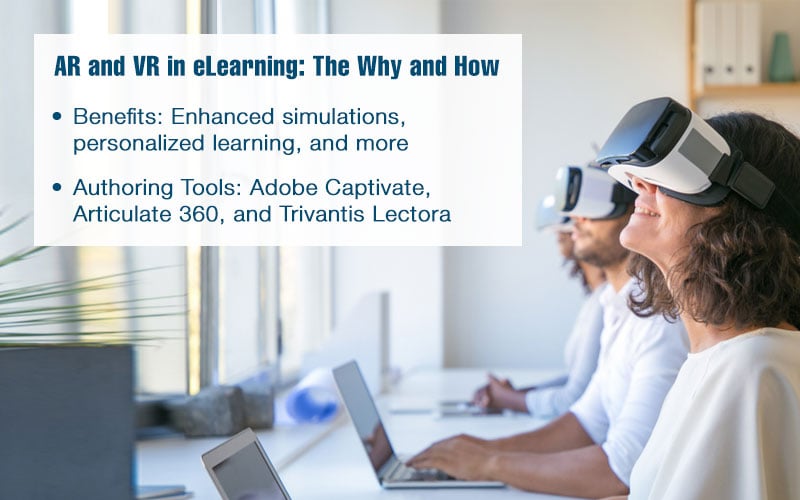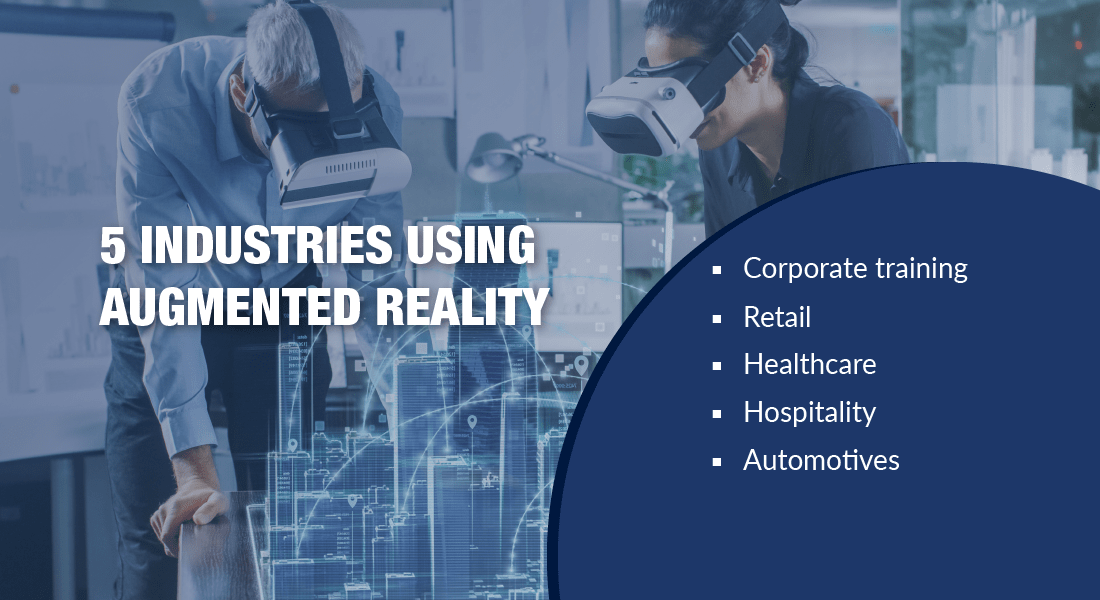360 Degree Videos: The Shiny New Toy in Corporate Training

You know that feeling when you watch a scenic video and it captures your attention to such a great extent that you wish you could actually be there? But you know you can’t because what is in front of you is just a flat screen image; and if you turned your focus away from the screen, you would be faced with the harsh reality of where you actually are – in a conjested office cubicle or a cramped flat with no room to stretch yourself.
Now, watch this video. Feel free to play around with the controls on the top left corner of the screen. Welcome to the world of 360 degree videos.
360 degree videos are making great headway globally, across social media platforms, video channels, industries, and just about anywhere else videos can be used. Giving viewers a heightened viewing experience of high definition, spherical videos, this technological marvel has, of late, become massively compelling. From Facebook to YouTube, from editorials to businesses, the world has turned to 360 degree videos to engage audiences in a never-before way.
What they are
360 degree videos are video recordings of a real-world panorama (wide-angle view), where the view in every direction is recorded at the same time, and shot using an omnidirectional camera or a collection of cameras. The advantage of this is to give the viewer control over the viewing direction. It’s like a virtual reality (VR) video except that you need a VR headset to view VR videos whereas you don’t need a special headset to view 360 degree videos.
How are 360 degree videos shot?
Today, several cameras are available to capture 360 degree videos such as the Ricoh Theta, Kodak SP360, Bublcam, Nokia OZO, Giroptic 360cam, and GoPro cameras. The GoPro cameras are generally used by professionals and consist of 6 cameras that can shoot 170 degrees each, thereby providing a full 360-degree view, and a 180-degree vertical view. The cameras are held together at different angles so that every angle of the shot is covered and nothing is lost. All the cameras must have the same settings and must be turned on before recording.
How are 360 degree videos viewed?
360 degree videos can be played on a computer; the mouse is used to pan around for a 360-degree surround view and a 180-degree vertical view. Videos – like the ones we have provided links to in this article, have directional buttons provided on the top left corner that can be clicked for a complete view. These videos can also be watched on a phone – by waving it around slowly – in different directions, it is possible to view different angles and changes in the images.
The use of 360 degree videos in organizations
Immersive videos are now being used by organizations and have tremendous potential for virtual reality meetings, according to meeting technology consultant Corbin Ball. They are used by big brands for virtual product demonstrations. Here are 3 examples of companies using immersive videos:
- Qantas Airlines and Samsung used it to promote and show off scenic holiday destinations.
- The Conjuring 2 trailer that was aired in a 360-degree video gave viewers a spine-chilling experience. While I have added the link to the video, I must warn you that this is not for the faint hearted.
- The video games industry has used it to promote its video games. Watch the trailer of Total War: Warhammer.
5 uses of 360 degree videos for immersive corporate training
While 360 degree immersive videos themselves are not very new, there is a new-found realization of their use in corporate training. With its immense possibilities to provide a very immersive and engaging learning experience – at a very low cost, organizations have started using this technology to provide very successful training.
- In the medical field, immersive videos are now used for surgical education training. Doctor trainees are made to run through an entire surgical procedure, with a complete 360-degree view of the entire procedure, along with a narration that explains the procedure.
- The US armed forces are known to conduct safe training of tactics that can be performed only on field, in the safe environment of an immersive video. In fact, the navy even uses VR to train its workforce on interpersonal skills. Watch this video to know more on how this is done.
- Athletes need constant training, and VR videos of themselves in action will help them review their performance, give them a better understanding of where they go wrong, help them train better, and perform better.
- Immersive videos can also be used for any type of in-person training without the trainer having to be physically present. This is especially advantageous for online trainings that need to be taught by an instructor.
- Inductee training/new hire training can use these videos to give new employees a virtual tour of the organization’s premises.
The list of possibilities is endless and only limited only by one’s imagination. 360 degree videos are just the beginning of greater and more exciting possibilities in the field of corporate training.
The advantages of 360 degree videos in corporate training:
- 360 degree videos give learners a sense of presence.
- Learners get the feeling of reliving a scenario.
- Unlike flat videos, these videos are immersive and remove any monotony.
- Many 360-degree video cameras come with the option of streaming immersive videos live – making live video sessions possible, across locations.
- These are low-cost videos (the equipment is expensive) that capture real-world images for a never-before training experience.
- Learners can focus their attention on more than one thing.
- There are definitely longer lasting training results, as they provide an immersive learning environment by replicating a real-life situation.
- These videos are used to create a deeper connection between learners and the content.
But there are those who believe that 360 degree videos are just a fad that will fade away.
The disadvantages of 360 degree videos in corporate training:
- 360 degree video equipment is costly and definitely not something that the average photograph/video enthusiast can invest in.
- A viewer gets to see only one view at a time, so only a small fraction of the video is viewed – the unwatched parts of the video all go to waste and the learner may not learn all that is intended for him to learn.
- There is also an ongoing debate as to whether these videos are time-saving or time consuming, and that a viewer cannot experience the entire effects of the video unless he really spends a lot of time on it.
- The files are huge and these videos eat up a week’s worth of bandwidth, in no time. The viewer must have access to high-speed Internet connection to view these videos without interruptions.
These are things to consider in making 360 degree videos and even though there may be some challenges, the benefits of such training may outweigh the challenges. From VR to AR – and even training conducted by AI – it is just going to get better from here on.





